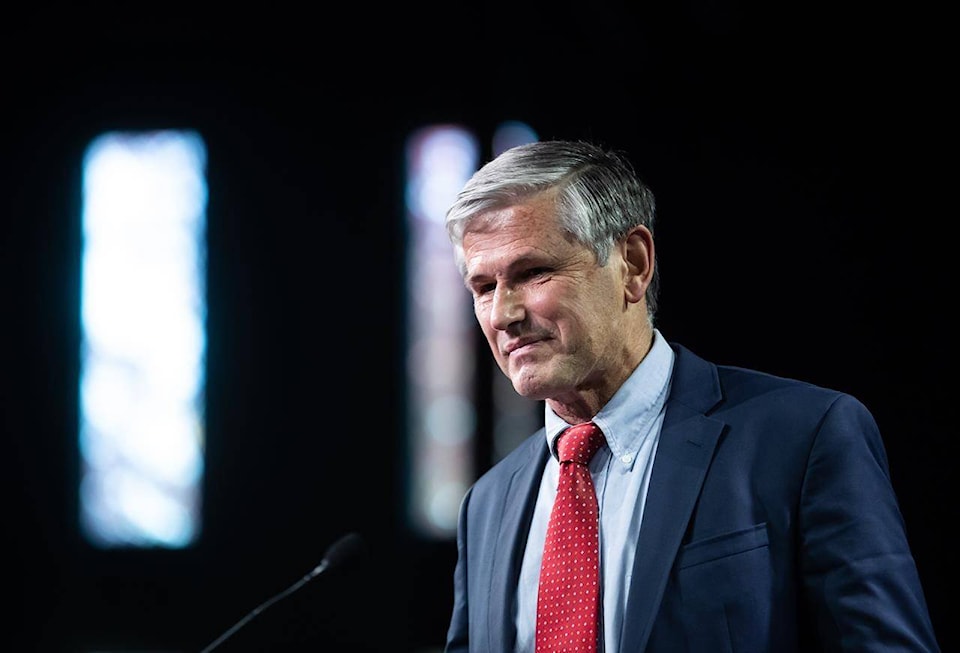Internal strife is a more effective killer of political parties than just about any other force. We’re going to get to see a couple examples of it in the coming years, both here and abroad.
Let’s talk about the domestic battles first.
On the conservative side of the ledger, the BC Liberals are going to have to decide what kind of a party they are – and they’re going to have to do it with hardly any caucus members representing Vancouver or its inner suburbs.
For 30 years, the BC Liberals have been a big tent party, representing both social conservatives and the fiscally conservative but socially liberal wing, which produced every single one of their party leaders.
How does a leadership race under these conditions take place? Does the party come together, or do the knives come out, factions form, and angry folks decamp to the B.C. Conservatives, the Greens, even the NDP? It’s B.C., stranger things have happened.
The federal Conservatives have recently managed to thread this difficult needle, at least for now.
In the wake of an election they feel they ought to have won, against a prime minister plagued by multiple scandals, they came up short. The party experienced some internal battles over just how conservative it was during the leadership campaign, but Erin O’Toole, seen as a fairly middle-of-the-road leader, has been interesting of late.
He’s been praising unions. Yes, a conservative who says Canada needs more unionized workers!
O’Toole is apparently trying to skip right over the Liberals and pilfer voters directly from the NDP. The weird thing is, it might work. Social conservatism mixed with economic populism? The NDP and the Liberals shouldn’t just laugh it off.
But the first fight O’Toole will have is with some of his own hard-core backers, who reflexively spit when they hear the word union. If he tries to take the party in a new direction and it fails, he’ll be kicked from the leadership so hard he might achieve orbit.
Then there’s the United States. The Democrats are trying to figure out why they didn’t simply crush such an obviously awful, racist, misogynist, and boorish candidate as Donald Trump. Should they firmly occupy the center, or move to the left?
Meanwhile, the Republicans are trying to figure out whether they should be a party of low taxes, gun rights, and flag waving, or if they should go all in on conspiracy theories about mole children and blood-drinking liberal elites. It’s a tough choice.
In all these cases, it’s the party that doesn’t crack that usually does better. Political parties are always uneasy alliances of factions. The NDP in B.C. has papered over its internal divisions and become stronger, the Liberals must now face theirs. O’Toole is trying to weld together a bigger alliance, but it could shatter at the seams. In the States, it will come down to whether the progressive and centrist wings of the Democrats can hang together better than the two factions of the Republicans – reality-based and utterly untethered.
Generally, the party that wins is the one that marches all in the same direction.
